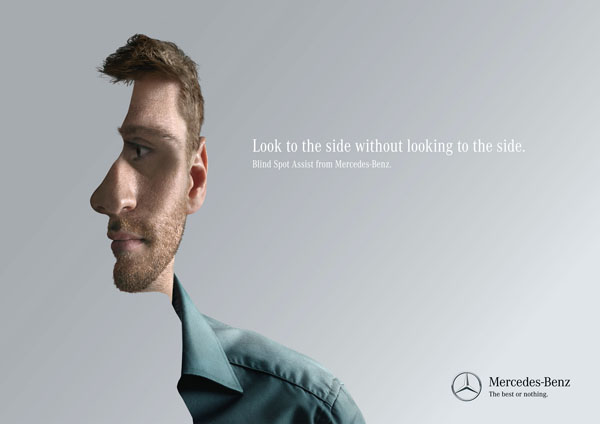First off, I would like to apologize for such a late post.
My Visual Literacy class is working with a book by Mark Wigan called The Visual Dictionary of Illustration, and this book defines photography as “the art of using a camera to capture an image on a light-sensitive plate via the chemical action of light’ and that illustrators use it for gathering “visual reference material”. It also states that the Greek words photos and graphos mean light and drawing. (Wigan, 2009)
In Michael Freeman’s The Photographer’s Eye: Composition and Design for Better Digital Photos, page 129 of chapter five Intent it says that, “To make an identifiable difference to the style of an image, the techniques used need to be definite rather than subtle.”, and that most stylistic techniques are limited. Although this may be true, it is good to know how to use a digital camera and the settings can be very confusing to new users. (Freeman, 2007)
The Digital Photography School is a great site to learn all about photography “basic”. You can start with The Basics of Exposure, which includes but is not limited to; exposure, ISO, shutter speed, aperture, and more. In Learning about Exposure – The Exposure Triangle, it gives examples of understanding how the three elements that make up the exposure all work, which are: ISO (“The measure of a digital camera sensor’s sensitivity to light.”), Aperture (“The size of the opening in the lens when a picture is taken.”), and Shutter Speed (“The amount of time that the shutter is open.”). (Digital Photography School, 2013)
The Digital Photography School also has tutorials for Learning to Use Digital Camera Settings and Features, which includes; controlling aperture and shutter speed, about aperture and shutter priority modes, white balance, about digital camera modes, understanding histograms, and more. One part that I found helpful was the explaining of aperture and shutter symbols; it states under Aperture and Shutter Priority Modes, that aperture usually has an A or Av symbol to show that it has selected and set the aperture you choose, and the shutter usually has a TV or a S symbol while choosing the shutter speed that you want. (Digital Photography School, 2013)
The Digital Photography School also includes tutorials for Handling and Caring for a Digital Camera, which explains how to hold a digital camera, how to clean a DSLR lens, predator warnings, and more; along with Other Beginner Photography Tutorials and Tips, and Common Digital Photography Problems and Questions Answered. I chose to look further into The Basics of Exposure: Learning about Exposure – The Exposure Triangle, and Learning to Use Digital Camera Settings and Features: Aperture and Shutter Priority Modes because they were the most helpful to me at this time, expanding my knowledge about, and how to use, a digital camera. (Digital Photography School, 2013)
Works Cited
Wigan, Mark. "Photography." The Visual Dictionary of Illustration. Lausanne: AVA, 2009. 174. Print.
Freeman, Michael. "Chapter 5: Intent." The Photographer’s Eye: Composition and Design for Better Digital Photos. Waltham, MA: Ilex, 2007. 129. Print.
"Digital Photography Tips for Beginners." Digital Photography School Digital Photography Tips for Beginners Comments. N.p., n.d. Web. 04 Oct. 2013. http://digital-photography-school.com/digital-photography-tips-for-beginners.



